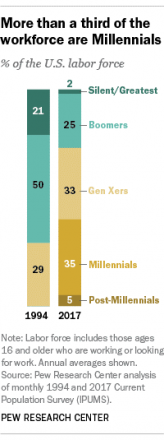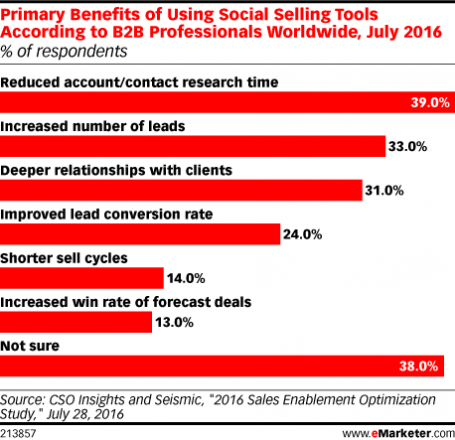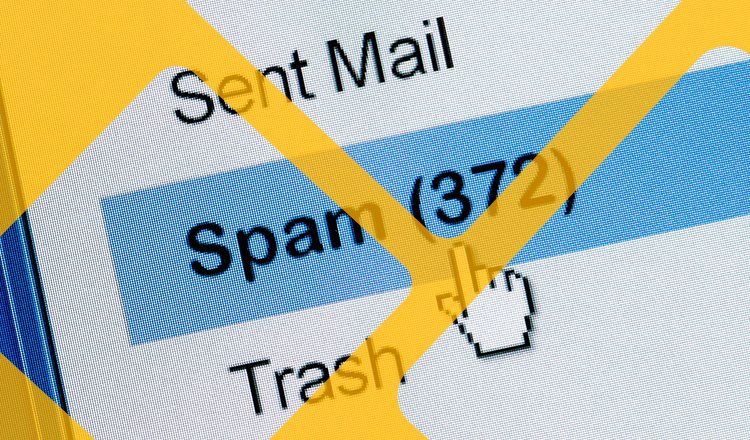Social selling isn’t just for B2C. It’s relevant to B2B sellers as well. Traditional B2B outbound selling methods like emailing and cold calling are becoming increasingly ineffective. According to a recent TOPO report, only 23.9% of sales emails are opened and it takes 18 dials just to connect to a buyer. These days, 84% of B2B buyers start with a referral. Sales reps that add social selling to their toolbox are getting results. Markets and buyers have evolved, and social selling in B2B is part of the new paradigm. If you think that social selling won’t work for your company, you should think again.
Social Selling Explained
What is social selling? Don’t confuse it with social marketing. Lions and tigers are both large feline beasts that eat meat, but they are very different animals. The same is true for social media marketing and social selling.
In social media marketing, your brand attempts to engage a large number of people, build brand awareness, and promote your wares. Generally, you do this by producing content that your followers will find useful and share with their social networks.
With social selling, the sales rep concentrates on producing focused content and providing one-to-one communication. Both methods produce content (large felines) and use the same social networks (eat meat) but that’s where the similarity ends. The goal of social selling is to forge a relationship with the prospect. Even in the digital age, B2B selling is still about relationships. But social selling in B2B gets the rep involved very early in the sales cycle, often much earlier than the traditional process. That’s because the rep listens, asks questions and recommends solutions to problems, and builds authority and cements relationships before an RFP may even be issued. According to one article in the Harvard Business Review, a sales rep that is skilled in social selling strategies is six times more likely to exceed their sales quota over other members of their cohort with minimal or no social media skills.
Why Social Selling Strategies Work
Today’s B2B buyer has extensive experience doing product research on the internet and using social media to get recommendations. Their personal shopping experiences influence how they do their job.
In addition, over a third of the current workforce belongs to the Millennial Generation. These digital natives are the first to be raised in an internet-driven environment. They are hooked on social media and are also heavily influenced by brand advocates.

Source – PewResearch
Their reliance on social media drives word-of-mouth referrals. These warm referrals are highly lucrative for social sellers that are ready to respond. 70% of B2B companies find referrals convert better and close faster than other leads. Your sales force needs to be on social media and ready to respond.
Benefits of Social Selling
The hard ROI of social selling is difficult to calculate. In the early days of social media (2012), IBM began a pilot program to test social selling. A total of seven sales reps were dedicated to the project. They quickly discovered that for these reps, social selling boosted engagement and extended their network. In the first 6 months, they attributed 20 sales to the pilot. When complete, the pilot produced an increase in sales of 400% and IBM has never looked back.
Even when you can’t determine hard ROI, social selling in B2B still benefits companies because their sales reps work more effectively. Implementing social selling strategies gives sellers 57% higher ROI compared to traditional tactics. From reducing the amount of time necessary to research a contact to deepening client relationships, social selling keeps the pipeline filled and helps companies reach sales targets.

Source – eMarketer
A survey of B2B sellers found that in 2017, companies with formalized social selling processes are more likely to hit revenue goals. A whopping 78% of social sellers hit their prior year revenue goals compared to 38% of the non-social sellers. Don’t you want performance like that?
Effective Social Selling Strategies
IBM and Hubspot use similar social selling strategies. Both start with a database of content. From there, sales reps use intelligent listening to monitor related discussions and share content and expertise personally. IBM’s content is completely customizable. Remember, social selling isn’t about pitching, it’s about solving problems and building relationships.
Listen first. It all starts with listening. You must carefully listen to leads and customers on their social networks to get a better understanding of their individual needs, goals, and challenges. Only then are you ready to engage in the one-on-one types of conversation you would usually have on the phone or in person.
Establish authority. You can’t fake authority, so make sure you know your stuff. Always give credit to your sources and be ready to provide proof to back up claims. Provide little nuggets of information that help, inspire, or just let others get to know you better. Most important, be authentic. Your online and offline persona should always be consistent.
Develop a cross-functional team. Social media is too important to be left to marketing. Customers and leads have high expectations for brand accounts. They see it as the one source for contacting a company for sales inquiries, product support, or complaints. Make sure your brand social media accounts are monitored and develop a cross-functional team to respond promptly. The rapid response team for complaints shouldn’t be tasked with following up on leads and sales reps shouldn’t handle product support.
B2B Social Selling is Here to Stay
As long as Twitter, LinkedIn, FaceBook, and Instagram are relevant, effective sellers will use social selling. It doesn’t completely replace traditional sales techniques, but it is certainly a skill that is proving to produce results in the digital age. And as business gets more and more competitive, you’ve got to try different tools to find the one that works best for your company. Social selling may just be the tool that gives your company an edge.



